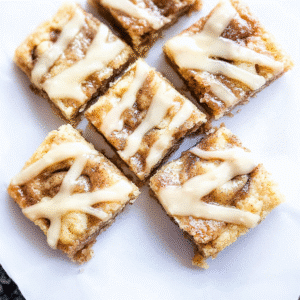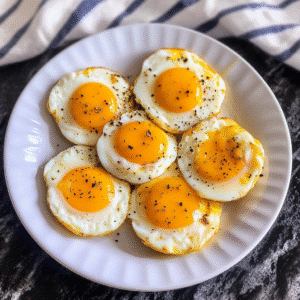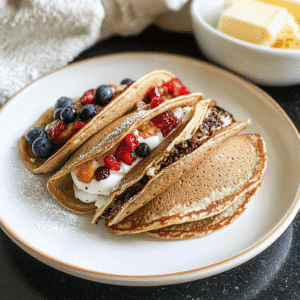Gluten-Free Sourdough Bread what a delicious recipe. my mission is to bring those comforting traditions to your home—recipes that are not only good for you but also good for the soul. As a mom, a memory maker, and a lifelong food lover, I know firsthand how powerful a slice of bread can be. Especially one that’s gluten-free, organic, and made from scratch with purpose.
In this guide, we’ll walk through everything you need to know to master organic gluten-free sourdough bread—from its health benefits and unique ingredients to common baking challenges and delicious ways to enjoy it. You’ll also find answers to the top questions folks ask, like “Is organic sourdough bread good for you?” and “Why is my gluten free sourdough bread so dense?”
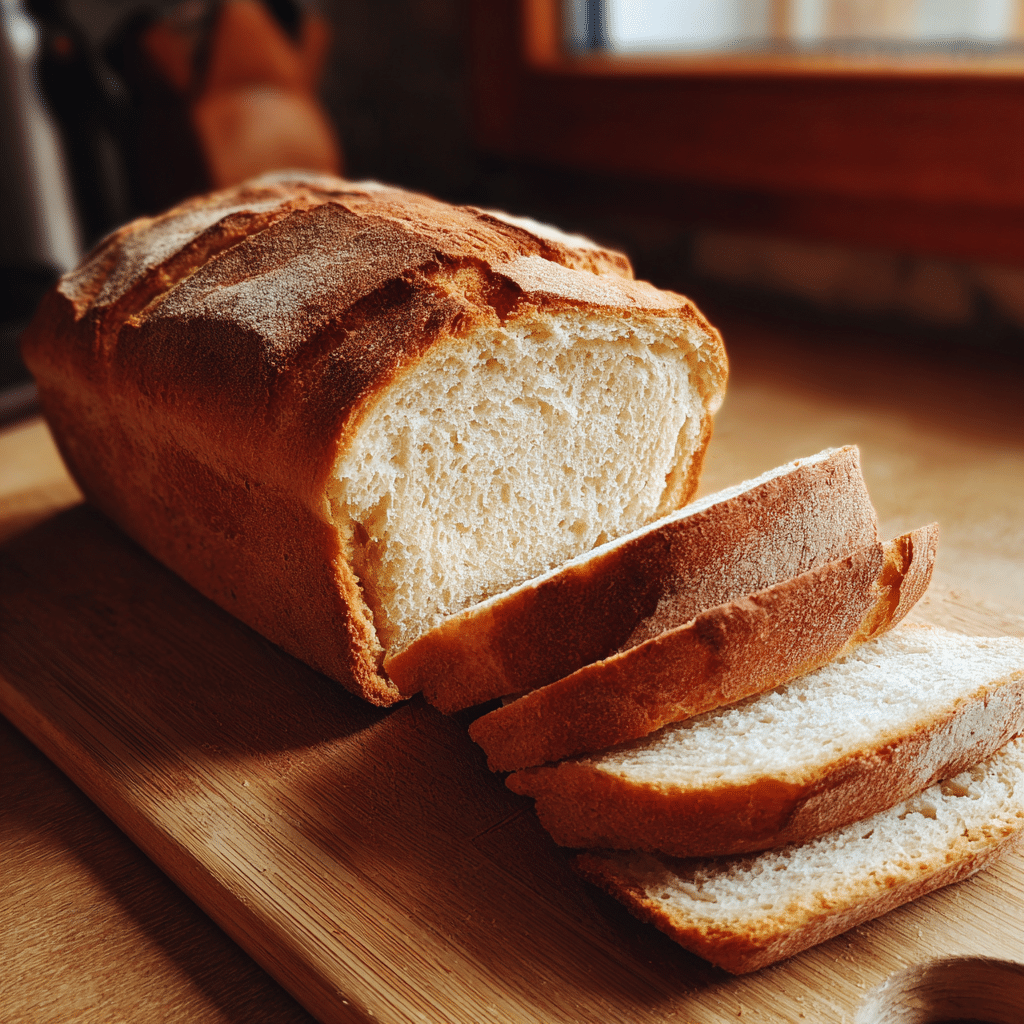
Table of Contents
Understanding Organic Gluten-Free Sourdough Bread
What is organic sourdough bread?
Organic sourdough bread is made using ingredients that are certified organic—free from synthetic fertilizers, pesticides, or GMOs. But what truly makes sourdough unique is its natural fermentation process, relying on wild yeast and lactic acid bacteria instead of commercial yeast. This process not only brings out a tangy flavor but also supports gut health and nutrient absorption.
Unlike typical loaves, sourdough develops flavor slowly—allowing the dough to ferment for hours (or even days). That fermentation unlocks complex textures and health benefits, especially when using whole grain or nutrient-rich flours.
Organic sourdough isn’t just about what’s not in it (no chemicals, no bleach, no additives). It’s about what it does offer: clean ingredients, real flavor, and a sense of tradition that you can taste in every bite.
What makes gluten-free sourdough different from traditional loaves?
Now, toss “gluten-free” into the mix, and things get interesting. Gluten is what gives conventional bread its stretch and chew, so when we bake gluten-free, we need to get creative to mimic that same structure. This often involves using a blend of flours—like brown rice, sorghum, buckwheat, and even teff—combined with natural binders like psyllium husk or chia seeds.
Gluten-free sourdough bread skips the wheat entirely but still benefits from fermentation. In fact, many gluten-sensitive folks find sourdough easier to digest because the fermentation process partially breaks down proteins, including gluten (if present). For fully gluten-free versions, using certified GF flours ensures a safe and nourishing loaf.
But don’t be fooled—gluten-free doesn’t mean flavor-free. When made well, organic gluten-free sourdough bread can be just as hearty, tangy, and satisfying as the original.
Health Benefits of Organic Sourdough Bread
Why organic sourdough bread is good for your gut and digestion
When you think of “healthy bread,” sourdough might not be the first thing that comes to mind—especially if you’re avoiding gluten. But the beauty of organic gluten-free sourdough bread lies in its fermentation magic.
During natural fermentation, wild yeasts and lactic acid bacteria break down phytic acid, an anti-nutrient found in grains that blocks mineral absorption. This makes nutrients like magnesium, zinc, and iron more bioavailable. Plus, the process pre-digests complex starches, reducing the glycemic load and helping balance blood sugar.
Even better? The organic factor means you’re skipping synthetic pesticides, preservatives, and additives—giving your gut a break from processed junk.
Gluten-free doesn’t mean you have to give up comfort food. You just need to do it right. Fermented bread made from natural, whole-food ingredients can actually help build a healthy gut microbiome. That’s why so many people say they feel better after switching to a clean, organic sourdough made without gluten.
Looking for inspiration gluten-free ? Try Gluten-Free Egg-Free Bread Recipe
Comparing organic sourdough to regular gluten-free bread
Most shelf-stable gluten-free breads found in supermarkets are highly processed and often contain questionable ingredients—corn starch, xanthan gum, added sugars, and stabilizers to mimic gluten’s stretch. Sure, they’re gluten-free, but are they healthy?
Organic gluten-free sourdough skips the fillers and leans into nature. No weird binders. No artificial fluff. Just flour, water, salt, and time. This simplicity is powerful. It means fewer spikes in blood sugar, longer-lasting satiety, and a rich, complex flavor.
Here’s a quick breakdown:
| Feature | Regular Gluten-Free Bread | Organic Gluten-Free Sourdough |
|---|---|---|
| Fermented | ❌ | ✅ |
| Organic | ❌ (rarely) | ✅ |
| Gut Health | 🚫 | ✅ |
| Additives | Often | None |
| Taste | Often bland or overly sweet | Tangy, rich, and hearty |
| Nutrient Absorption | Low | High (thanks to fermentation) |
So, if you’ve been choking down dry, crumbly gluten-free loaves that taste like cardboard—there’s hope. Your bread can be both comforting and nourishing. That’s the joy of doing it the traditional way, with a modern, gluten-free twist.
Print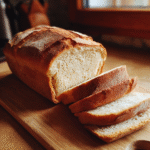
Organic Gluten-Free Sourdough Bread
- Total Time: 6 hours 20 minutes
- Yield: 1 loaf 1x
- Diet: Gluten Free
Description
A wholesome, tangy, and hearty gluten-free sourdough bread made with organic ingredients and fermented to perfection.
Ingredients
- 2 cups organic gluten-free all-purpose flour
- 1 cup organic brown rice flour
- 1/2 cup organic sorghum flour
- 1/4 cup organic tapioca starch
- 1 1/2 cups active gluten-free sourdough starter
- 1 1/2 cups filtered water
- 1 tbsp organic olive oil
- 1 tsp sea salt
Instructions
- In a large mixing bowl, combine all flours and starch.
- Add the sourdough starter and filtered water.
- Mix well until a sticky dough forms.
- Cover and let rest at room temperature for 4-6 hours.
- Stir in olive oil and salt, then transfer to a greased loaf pan.
- Cover loosely and let rise for another 1-2 hours.
- Preheat oven to 425°F (220°C).
- Bake for 50-60 minutes until the crust is golden brown and a toothpick comes out clean.
- Let cool completely on a wire rack before slicing.
Notes
Ensure your sourdough starter is active and bubbly before using. This bread is best stored in a breathable bag or cloth at room temperature for up to 3 days.
- Prep Time: 20 minutes
- Cook Time: 60 minutes
- Category: Bakery
- Method: Baking
- Cuisine: Gluten-Free
Nutrition
- Serving Size: 1 slice
- Calories: 120
- Sugar: 1g
- Sodium: 150mg
- Fat: 2g
- Saturated Fat: 0.5g
- Unsaturated Fat: 1.5g
- Trans Fat: 0g
- Carbohydrates: 22g
- Fiber: 2g
- Protein: 3g
- Cholesterol: 0mg
Keywords: gluten-free, sourdough, organic, bread, baking
Baking the Perfect Organic Gluten-Free Sourdough Bread at Home
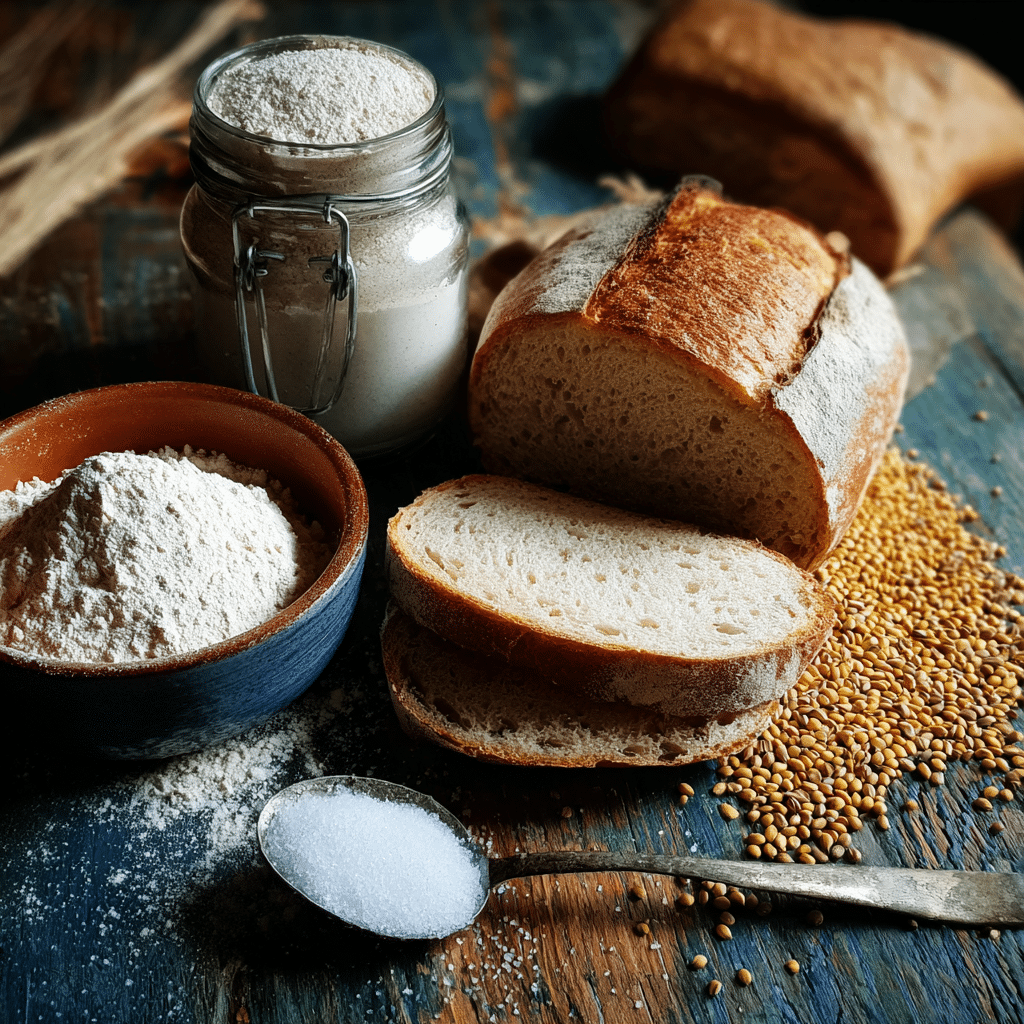
Baking your own organic gluten-free sourdough bread at home can be a game-changer for your kitchen and your health. It puts you in full control of what goes into your food, and with the right ingredients, it’s easier than you think to create a loaf that’s both flavorful and nutritious.
Whether you’re a beginner baker or someone tired of store-bought gluten-free options, making gluten-free sourdough bread using organic ingredients brings the best of both worlds—clean eating and artisan comfort food.
Ingredients checklist for a clean organic recipe
To make a perfect organic gluten-free sourdough bread loaf, it all starts with quality ingredients. Each element plays a key role in structure, taste, and fermentation. Using organic products not only improves the flavor—it supports your wellness goals, too.
Essential Ingredients:
| Ingredient | Purpose |
|---|---|
| Organic gluten-free flour blend (brown rice, sorghum, millet) | Main structure of the bread |
| Organic psyllium husk powder | Adds binding and elasticity |
| Active gluten-free sourdough starter (made from organic flour) | Ferments the dough |
| Filtered water | Activates the starter and hydrates the flour |
| Organic sea salt | Enhances flavor and supports fermentation |
| Optional: organic apple cider vinegar | Boosts acidity and rise |
Pro Tip: Avoid pre-mixed gluten-free flour blends with gums and starch-heavy fillers. For true organic gluten-free sourdough bread, use single-origin, whole-grain flours you can mix yourself.
Starter culture tips and gluten-free flour blends
The heart of any sourdough bread—especially organic gluten-free sourdough bread—is a strong, thriving starter. A gluten-free sourdough starter made with organic flour will give your bread its signature tang and chewy texture without any additives.
How to Make an Organic Gluten-Free Sourdough Starter:
- Combine ½ cup of organic brown rice or sorghum flour with ¼ cup filtered water.
- Mix in a clean glass jar, loosely cover, and let sit at room temperature.
- Feed daily using the same ratio for 5–7 days.
- Once bubbly and active, your organic gluten-free starter is ready to use.
Best Flour Choices for Starters:
- Organic brown rice flour
- Organic sorghum flour
- Organic millet flour
- Organic buckwheat flour
These flours offer the nutrients wild yeasts need to thrive, especially in gluten-free environments.
Gluten-Free Flour Blending Tips:
Crafting your own blend is key to getting the right texture. Here’s a proven mix for organic gluten-free sourdough bread:
- 60% whole-grain organic flour (e.g., millet, teff)
- 30% starch (organic arrowroot, potato starch)
- 10% binder (organic psyllium husk or flaxseed meal)
This ratio helps replicate gluten’s texture while keeping your loaf clean, hearty, and gut-friendly.
Why Home Baking Matter
When you bake organic gluten-free sourdough bread at home, you control everything—from flour origin to fermentation time. Unlike store-bought loaves, which may include preservatives, gums, and sugars, homemade versions offer a clean label and real nourishment. Every step, from feeding your starter to shaping the loaf, becomes part of a mindful, rewarding kitchen ritual.
Looking for a natural boost while your dough rises? Revisit your health routine with our Natural Zepbound Recipe—it’s a powerful addition to your clean-eating journey.
are discovering: organic gluten-free sourdough bread often outshines traditional gluten-free loaves in taste, nutrition, and digestibility. Let’s break down the why.
Nutritional comparison between sourdough and gluten-free loaves
Most conventional gluten-free breads are made for convenience, not health. They’re often loaded with starches, gums, preservatives, and sugars—all to replicate the structure and softness of wheat bread.
On the flip side, organic gluten-free sourdough bread is fermented, minimally processed, and made with real ingredients. It takes longer to make—but it pays off in both nutrition and satisfaction.
| Feature | Organic Gluten-Free Sourdough Bread | Typical Gluten-Free Bread |
|---|---|---|
| Fermented | ✅ | ❌ |
| Contains preservatives | ❌ | ✅ |
| Improves gut health | ✅ | ❌ |
| Blood sugar stability | ✅ | ❌ |
| Organic ingredients | ✅ | ❌ (often) |
| Flavor complexity | Tangy and rich | Often bland or overly sweet |
Sourdough fermentation helps reduce phytic acid, which can block nutrient absorption. That means your body gets more from every bite—iron, magnesium, and B vitamins in particular. Plus, the natural bacteria help promote a healthier gut microbiome.
Most gluten-free breads are rushed to production, resulting in higher glycemic indexes and fewer nutrients. So if you’re looking for a bread that’s gentle on your stomach and supports your health, organic gluten-free sourdough bread is the clear winner.
Fermentation benefits vs additive-free claims
Many gluten-free products tout “no gluten,” but that’s not always enough. Highly processed gluten-free breads can still trigger bloating, sugar crashes, or gut discomfort due to artificial additives and refined starches.
That’s where organic gluten-free sourdough bread stands apart. Through slow fermentation, wild yeast and lactic acid bacteria break down complex carbs and make nutrients easier to absorb. This process also enhances the loaf’s natural texture and taste, without the need for xanthan gum, soy flour, or other synthetic thickeners.
Let’s look at a quick comparison:
| Benefit | Regular Gluten-Free Bread | Organic Gluten-Free Sourdough |
|---|---|---|
| Free of gums and stabilizers | Rarely | Always |
| Natural rise via fermentation | No | Yes |
| Promotes gut balance | No | Yes |
| Organic certification | Sometimes | Often |
| Minimal ingredients | No | Yes |
If you’re already making the switch to clean eating or organic living, choosing a fermented, additive-free loaf is one of the easiest ways to upgrade your daily meals.
And while you’re cleaning up your pantry, why not refresh your wellness habits too? Discover great ideas like our Pink Salt Weight Loss Recipe—a natural detox guide that complements your nourishing lifestyle.
FAQS:
Is organic sourdough bread good for you?
Yes. Organic gluten-free sourdough bread supports digestion, balances blood sugar, and avoids preservatives or chemicals—making it a cleaner, gut-friendly choice.
Why is my gluten-free sourdough bread so dense?
Usually, it’s due to a weak starter, dry dough, or missing binders like psyllium husk. A strong, well-fed starter and proper hydration help lighten the loaf.
Can I buy gluten-free sourdough bread?
Definitely. Brands like Bread SRSLY and AWG Bakery offer real organic gluten-free sourdough bread. Just look for certified gluten-free and wild-fermented labels.
Is sourdough bread better than gluten-free?
Yes, when it’s organic and fermented. Unlike standard gluten-free bread, organic gluten-free sourdough bread improves gut health, flavor, and nutrient absorption.
You can follow me on Facebook and Pinterest, For daily recipes.
